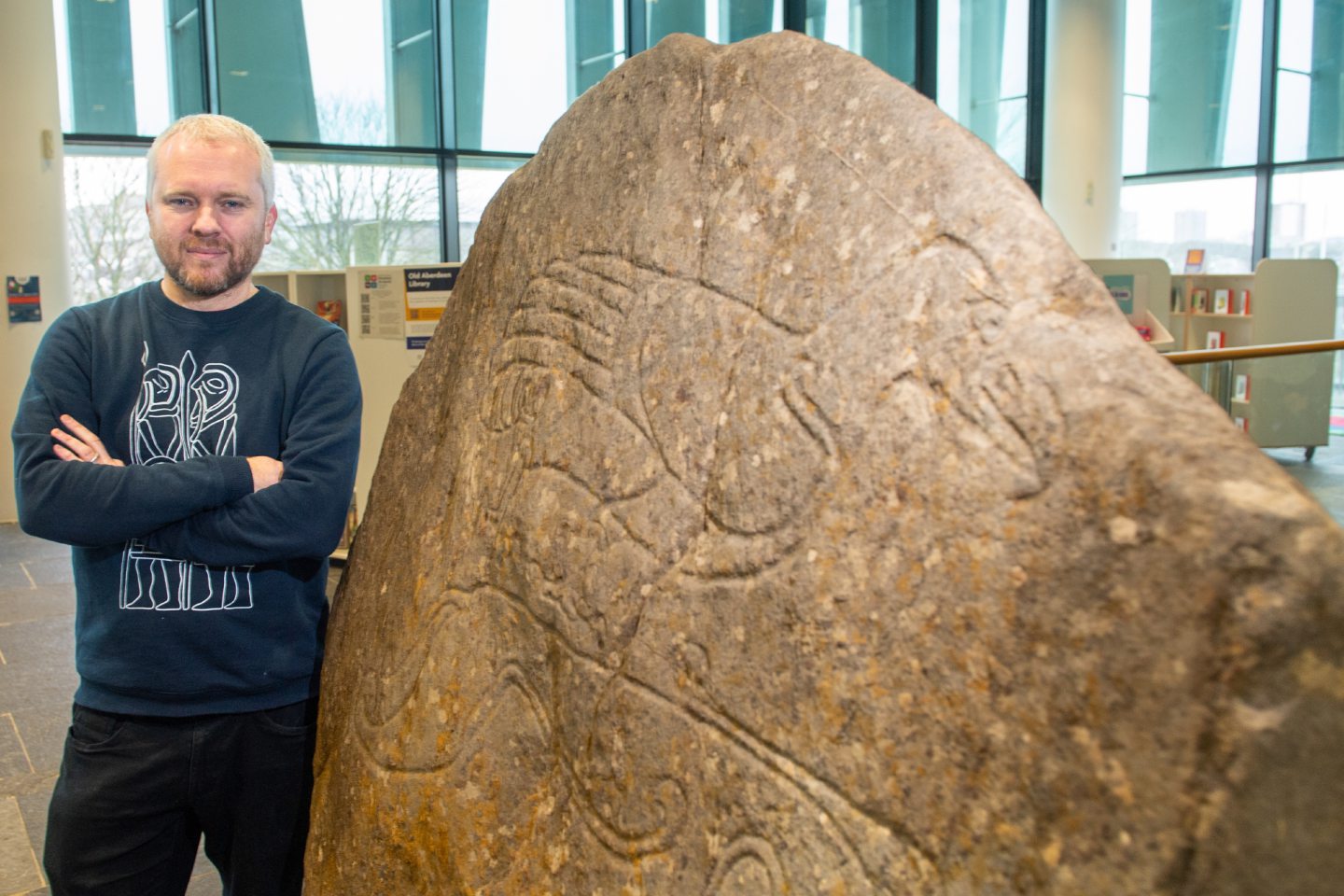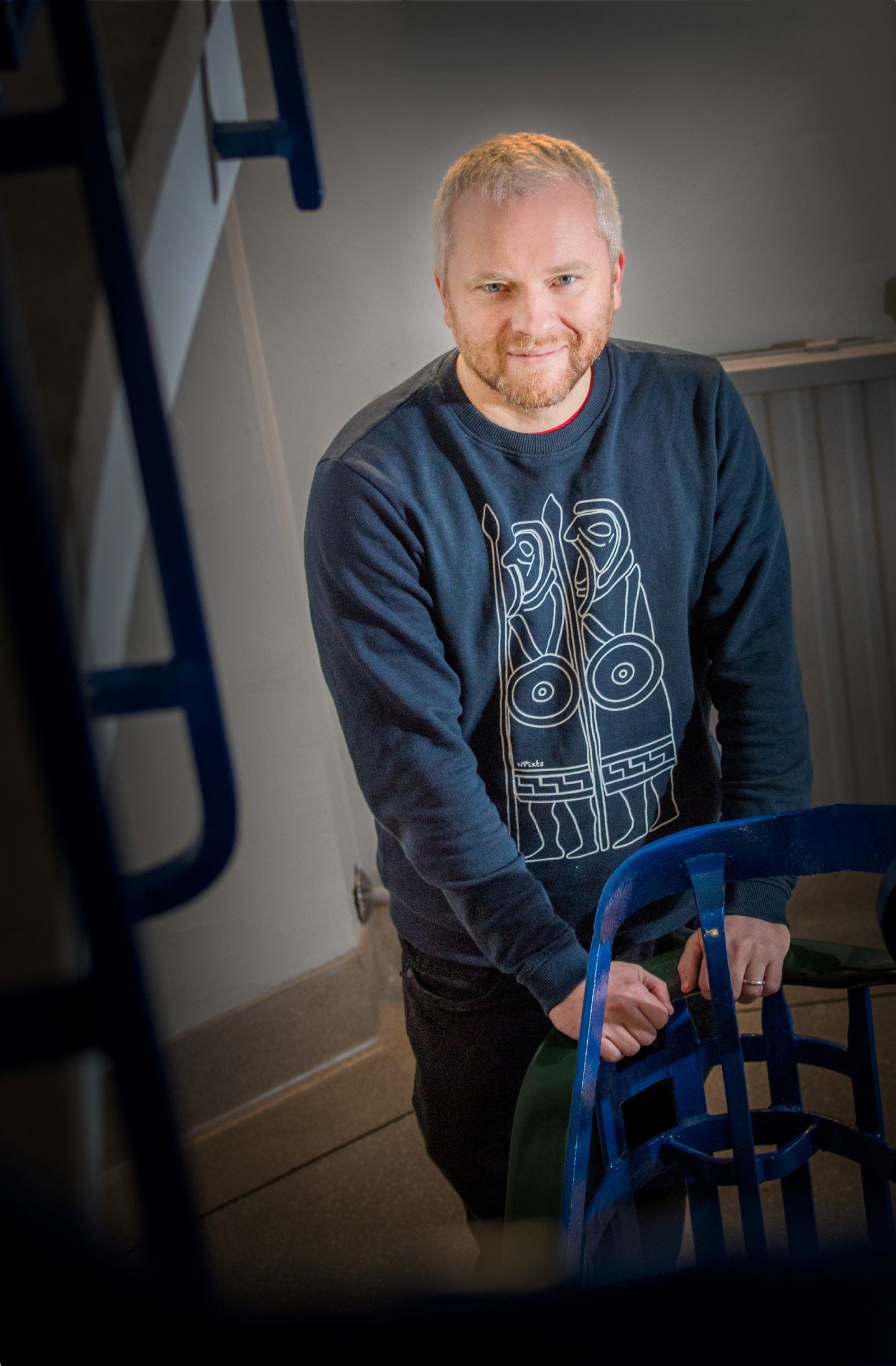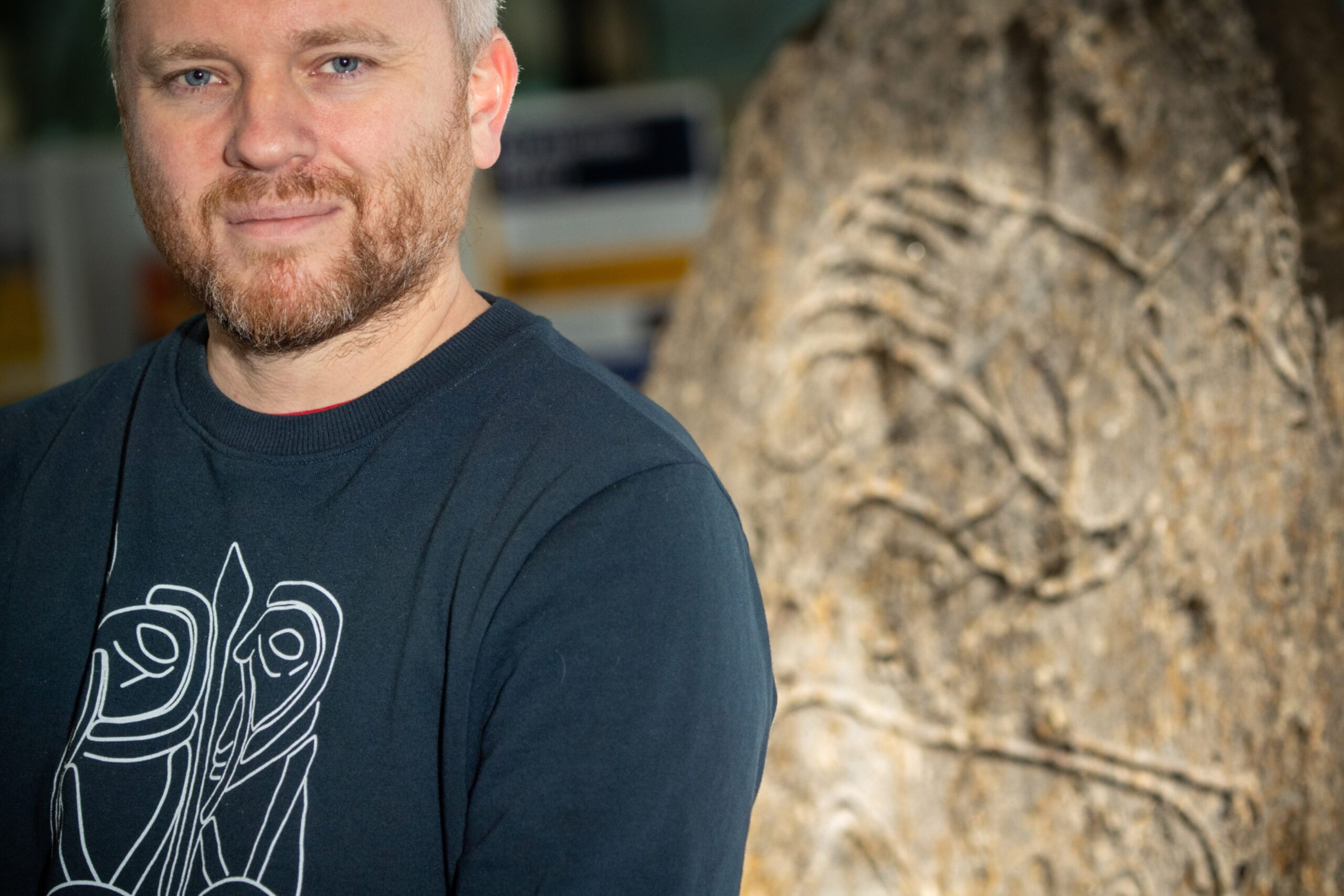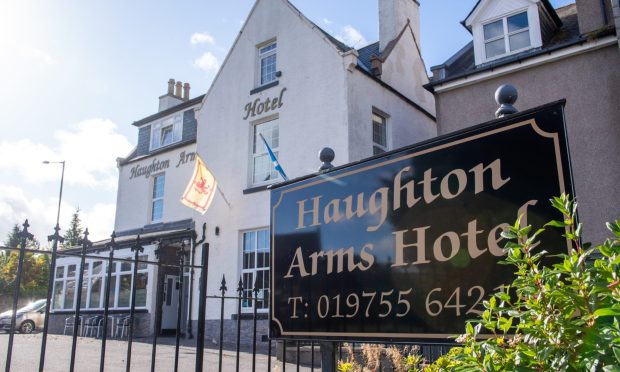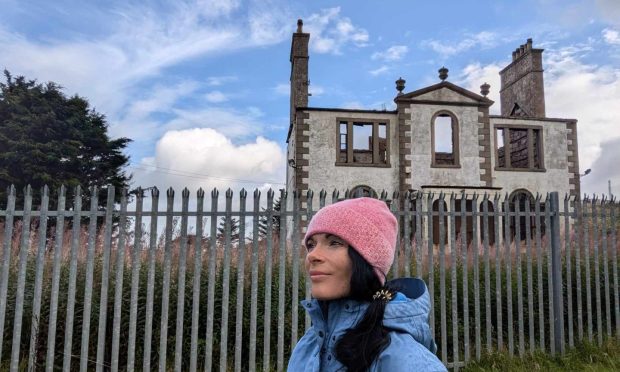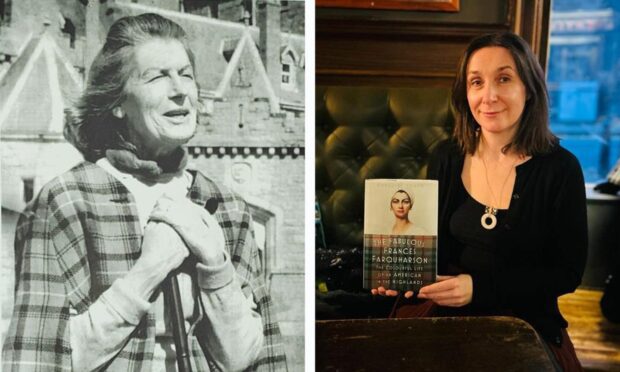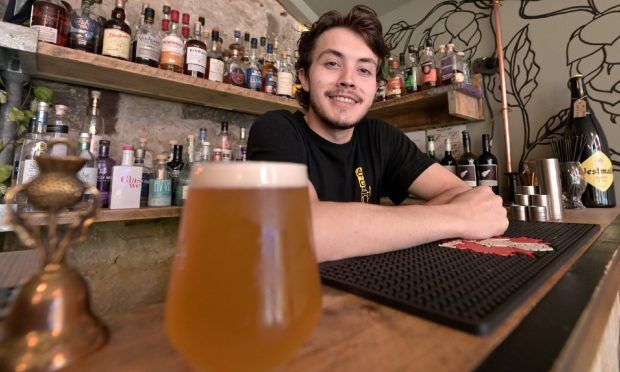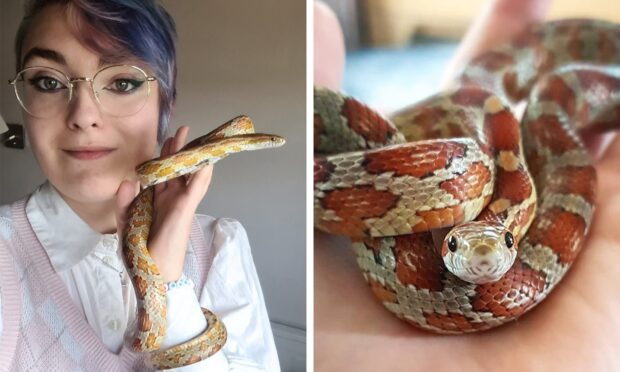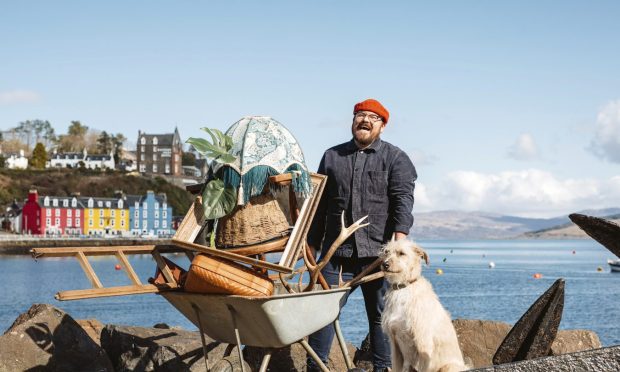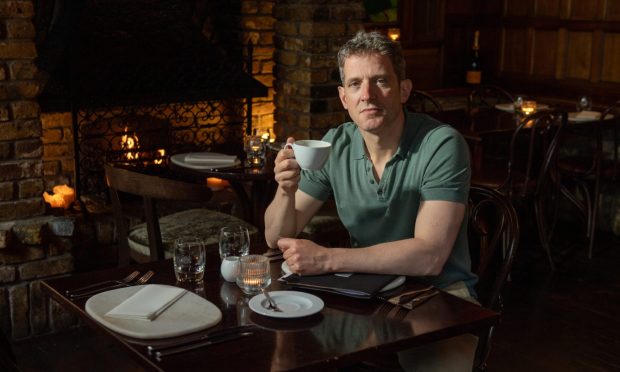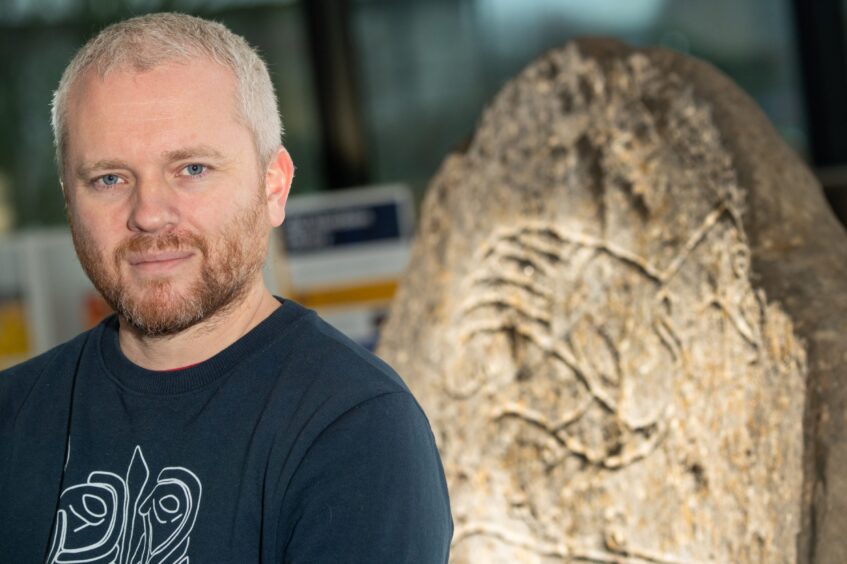
Gordon Noble vividly recalls the experience which made him realise that his interest in history and archaeology had moved into a different realm.
He was in his third year as a student in Aberdeen and watching an archaeology team from Reading University who were digging at Tomnaverie stone circle by Tarland when one of his lecturers, Professor Jane Geddes, invited him to take part in the proceedings.
“At first, I regretted my choice,” he recalled. “It was cold, it was wet, freezing in fact, with snow in the trenches some days. But then, on the last day of the dig, I found a beautiful flint blade that was about 4,000 years old and that was it – I was hooked.
“It was the fact that, unlike most history, you could dig to find your own data and clues to the past, and discover new things.”
He has never looked back. And, since 2019, he has been Professor of Archaeology at Aberdeen University and unearthing all manner of fascinating information about one of the least understood people from antiquity – the Picts.
Discovering insights into the past
This has already led to him writing – with colleague Nicholas Evans – Picts: Scourge of Rome, Rulers of the North, which has been shortlisted for the EAA Book Prize and the Current Archaeology Book of the Year award and acclaimed by critics and the public.
These ancestors of ours emerged around 300AD to defy the might of the Roman empire, only to disappear at the end of the first millennium, yet they left major legacies, laid the foundations for the medieval Scottish kingdom and their captivating carved stones are some of the most eye-catching if enigmatic monuments in Europe.
It’s a subject into which Gordon has poured years of his life, much of it spent on sites across the north-east of Scotland, and gradually, he and his confreres have uncovered a plethora of new insights into the culture of a highly sophisticated society.
And he told me why he thought it mattered so much to cast a bright light on what, until recently, has remained such an obscure part of our history.
He said: “I joined Aberdeen in 2008 to help set up a new department of archaeology which has gone from strengths to strength since.
“Early on at Aberdeen, it was obvious that we should begin to explore the archaeology of our own backyard – even though, as a department, we work all over the northern world from Canada and Alaska to Scandinavia and Mongolia.
They drunk Mediterranean wine
“Our first big local project was on a Pictish site at Rhynie. They were first mentioned in Roman sources and went on to become the first documented kingdoms in north east Scotland, yet we know little about their archaeology or early history.
“At Rhynie, we uncovered an early royal centre of the Picts where they were drinking Mediterranean wine from glass vessels made in western France at a high status settlement where a number of Pictish stones stood.
“More recently, in the same landscape, we found a huge contemporary settlement at Tap o’ Noth hill fort. Our largest project at the moment is a Historic Environment Scotland-funded project at Burghead [in Moray].”
Nothing fazes Gordon in his pursuit of fresh discoveries and there’s a natural energy and effervescence about this fellow which demonstrates why he relishes delving into the ground in search of new answers.
As somebody who grew up in Fraserburgh, he remembers how his teachers were happy to educate him about all manner of other races and countries, but not the very men and women who once thrived in Aberdenshire and Moray and all the way up to Orkney.
He said: “I think the Picts are incredibly important and yet many people in Scotland know very little about them.
We should be doing better
“Indeed, we were not taught anything on Pictish society in school and I only learnt about this rich heritage at university. It may be partly because, traditionally, we have known so little about them – there are only fragmentary sources for the Picts and the archaeology has been traditionally thin on the ground.
“Still, we should be doing better – my sons and daughter have been taught about the Egyptians, the Romans and the Vikings, but nothing on the Picts.
“We should be internationally aware, but it’s important to know about the history and archaeology on your doorstep too. And what an archaeology – the Picts have some of the most iconic, beguiling and fascinating carved stones known from early medieval Europe and the archaeology of their settlements and burials is slowly coming to the fore.”
Plenty of ways to get involved
His own passion was piqued by a prescient professor and Gordon believes there is no reason why people of all ages and backgrounds can’t follow in his footsteps if they share his zeal for peeling away at layers and, almost in the manner of a detective, gradually piecing together the different parts of a puzzle.
He told me: “Get involved is my advice! There are an increasing numbers of jobs in the heritage sector, so it’s not just something to do for fun or interest either.
“There are lots of local groups who have hands-on opportunities – from the Young Archaeology Clubs to Mesolithic Deeside who do lots of fieldworking in the Dee area and now a group who do similar on Donside.
“We often have open days on our digs and our social media pages, Northern Picts, on Facebook and X [formerly Twitter], allows you to see what we have been finding on our excavations and offers information on open days.
“At Aberdeen, we offer undergraduate degrees, one-year Masters courses, PhDs and a part-time certificate that anyone can study anywhere in the world from your own computer. Get in touch if we can provide any more info on these courses.”
New TV series
Archaeology is enjoying a surge in popularity, whether in films such as The Dig, the initially unlikely success of TV series Detectorists, or in the ability of experts such as Professor Alice Roberts to communicate without talking down to audiences.
And Gordon, who is also blessed with that skill, will be joining her on our television screens next week to talk about the latest stages in his ongoing Pictish crusade.
He said: “Digging for Britain is one of the best programmes on TV for finding out about archaeology in the UK. They have an episode on projects in Scotland where our work at Mither Tap, Bennachie will feature [on BBC2 at 8pm on January 2].
“Mither Tap appears to have been a high status hill fort of the later Pictish period, around the 7th-9th centuries AD. It is quite a logistically challenging site to dig because it is so high up and all the equipment needs to be carried up and down.
“Within the hill fort, we have found lots of evidence of Pictish settlement including houses, evidence for metalworking, animal bone middens and a spectacular well which we uncovered in 2019.
“I got to meet Professor Roberts in the studio and show off the finds we made there in our dig this summer.”
Prior to his endeavours, there was a danger Pictish lore might become forever shrouded in secrecy and ignorance. But Gordon has turned this into a very noble calling.
Five questions for Gordon Noble
What book are you reading? Calypso by David Sedaris. He is hilarious and his essays make me laugh so much that I get in trouble from my wife.
Who’s your hero/heroine? Close to home, my wife – she keeps our family going while I’m negligently stuck up hills lost in the past. Otherwise, Alex Ferguson and Hans Gillhaus when I was a kid, and more recently our dearly-missed colleague Caroline Wickham-Jones has been a great inspiration.
Do you speak any foreign languages? Does Doric count? And even then I’m pretty bad at that these days being in an international workplace and teaching students from all over the world.
What’s your favourite music/band? Lo-fi Scottish Indie folk in the main. I saw Young Fathers in concert recently – they were ace!
What’s your most treasured possession? I have been known to have an unhealthy obsession with vintage action figures from the 1970s and 1980s….but we also have a lot of art on the walls. Life is better with art in it, as my friend Kim Canale says.
